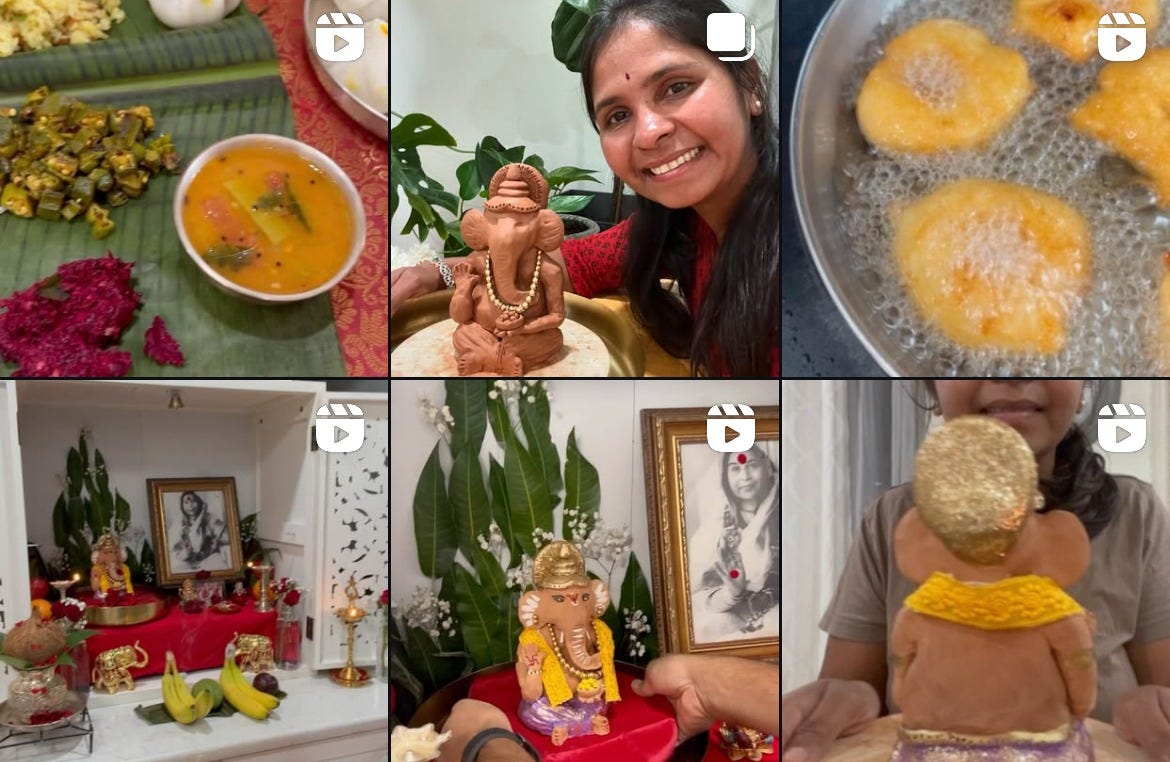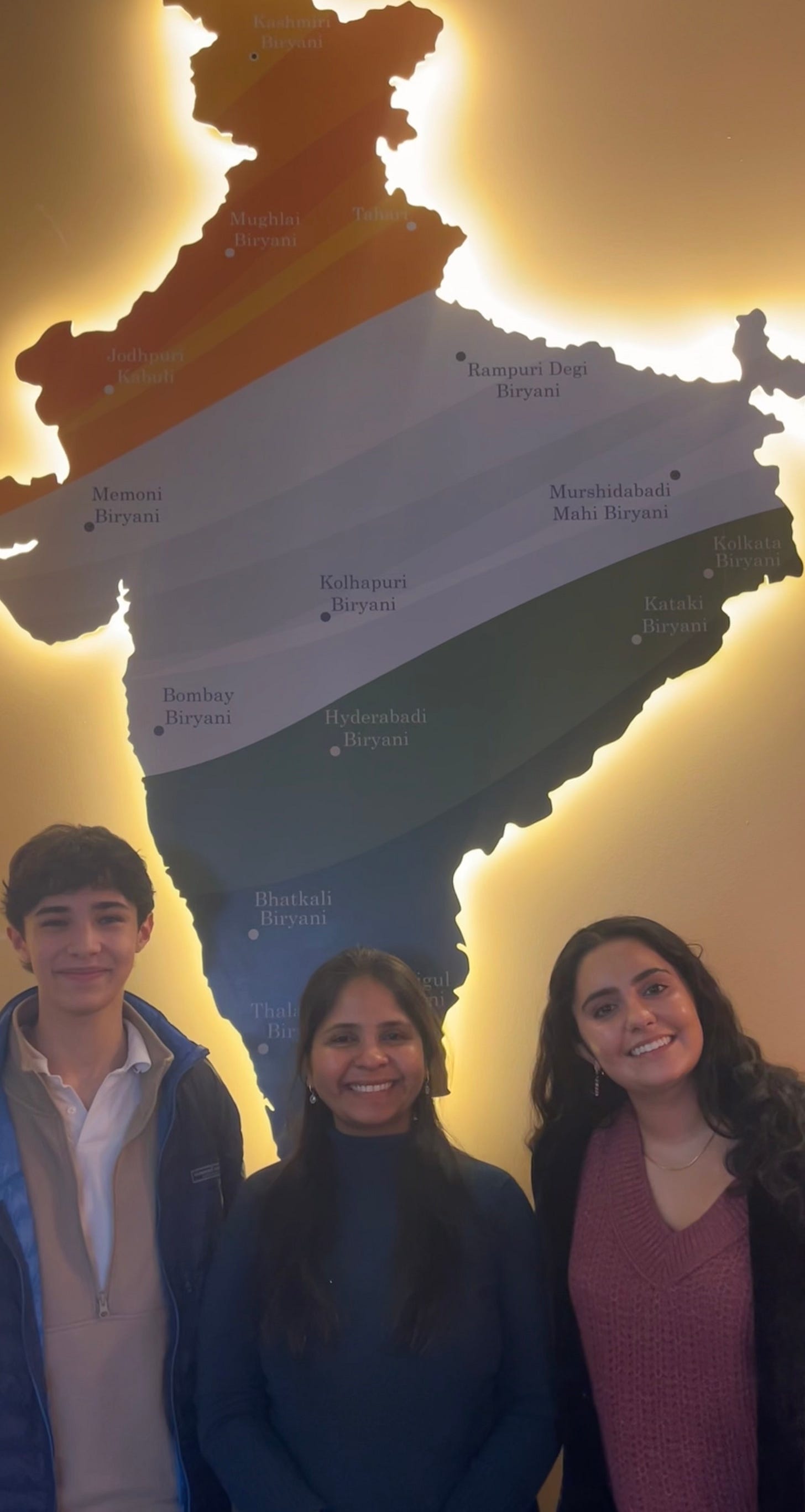If you grow up in America, what does it mean to call yourself ‘Indian’? That’s a question we have tried to answer in many conversations, arguments, and articles. No matter what, a few elements of our heritage always stand out—wonderful grandparents, long visits to India, and (perhaps most of all) food. Hamara khanna—our food—is a defining part of who we are.
You might accuse us of being ‘foodies’ for claiming that our cuisine defines us. But, we’ll accept the distinction as a badge of honor! In all seriousness, the diverse array of cuisines that exist on the Indian Subcontinent are an important part of Indian culture. Within each Indian family exists a series of recipes that they carry with them everywhere. Punjabi Mutton is a palatable part of Kai’s family tradition, while cooking Tandoori Chicken is one of Saanvi’s favorite father-daughter memories.
A few weeks ago, we met and interviewed Sheetal Raghavendra. Mrs. Raghavendra is the driving force behind Desi Bhukkads Corner (a delectable food-focused Instagram account with just over seventy-nine thousand followers). She is a computer engineer by profession, a mother of two, and a resident of Troy, Michigan.
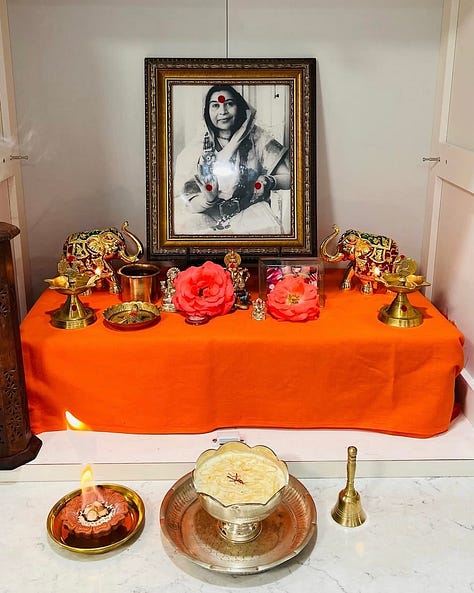
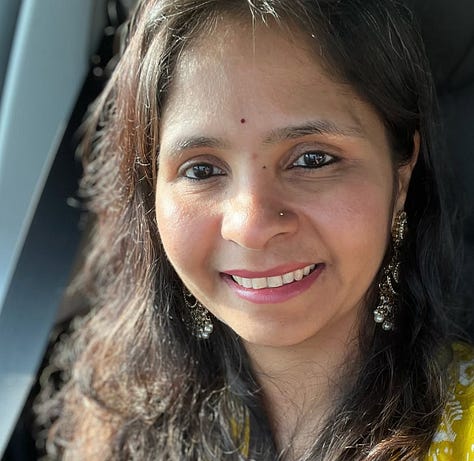
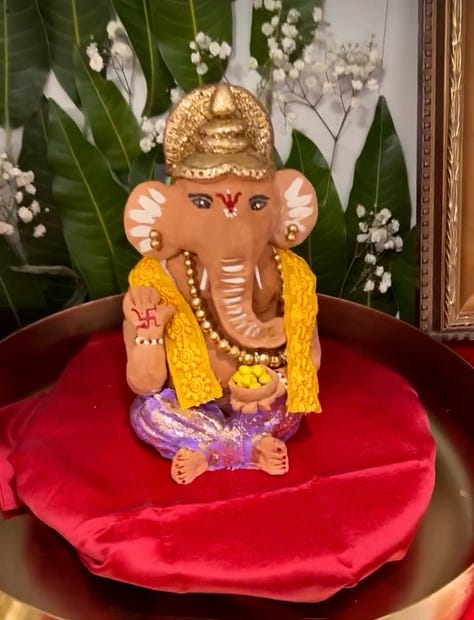
Mrs. Raghavendra, who is originally from Latur (formerly Ratnapur) in Maharashtra, started her celebratory Instagram account amidst the darkness of the pandemic. “I started small–I would post pictures of food on Instagram,” Mrs. Raghavendra told us. “People started liking it. I began to think ‘maybe I can help people with kitchen hacks and tips for cooking food.’” Thus, Desi Bhukkads Corner was born—a combination of mouth watering recipes, Indian crafts, and lifestyle posts.
Sheetal, who admits she never expected her social media success, sheds light on a diverse array of recipes in her work. “It’s mixed. I am Marathi and my husband is Telugu,” she explained. “I learned a lot of cooking from my mother-in-law after I got married. It’s a mix of both Marathi and Telugu food.” It was a dosa recipe that first launched Mrs. Raghavendra to fame, though, and she attributes part of Indian cuisine’s appeal to the culture of hospitality in India. “In Indian households, whoever comes to the house doesn’t leave without eating. That’s how we keep it at our house here.”
Both non-Desi and Desi brands have recognized Mrs. Raghavendra for her work. She has been invited to participate in numerous brand partnerships, including one with Laxmi Foods (one of North America’s largest South Asian food brands).
Mrs. Raghavendra has been surrounded by the spices and aromas of Indian cuisine ever since she was little. “I’d wake up to a plate full of food that my mom would cook,” she explained, “I never left the house without eating." In Desi households, food is seen as a symbolic gesture of love—rolling rotis is an act of compassion, cutting fruit mends arguments, and hard work is dedicated to preparing delicious dishes.
The cultural shift between India and the United States was shocking for Mrs. Raghavendra. Her first few weeks in America consisted of a diet of “...only Doritos. I was unfamiliar with the food here; nothing interested me." She recalled missing her cultural food deeply. But, more than that, she missed her family and the familiarity of the environment in India. She carried her culture with her as she built a new life 8,000 miles from home.
“My family is a big part of why I cook,” Mrs. Raghavendra shared. She credited her husband’s passion for food and the perfect blend of diverse Indian cuisines as her inspiration to experiment further. Mrs. Raghavendra’s ten-year-old daughter is following in her mother’s footsteps and recently developed an interest in baking thanks to her school's ‘Trading Day’ (a tradition in which students create items to ‘trade’ as part of a simulated economic activity). Her daughter also helps with Desi Bhukkads Corner, serving as a ‘content advisor’ who helps choose music and hashtags. The Raghavendra family’s bond remains unbreakable, celebrating the holidays in uniquely Indian ways—such as preparing tandoori turkey.
Although cooking is the main topic explored in the Desi Bhukkads Corner, the page’s crafts are a personal favorite. Mrs. Raghavendra has, on various occasions, crafted a statue of Ganesh Ji from clay. “The idea of making a statue of Ganesh Ji [came from] when I first came here. I didn’t have a murti at home to do puja. So, I started making small versions of Ganesh Ji.” The first version, made of wheat flour, lasted one and a half days. Mrs. Raghavendra’s representation of Ganesh Ji is a beautiful one that is perfect for all ages. “I wouldn’t say we’re religious. We’re spiritual. We try to bring what we learned as kids into our home,” she explained.
As we wrapped up our interview with Mrs. Raghavendra, we found ourselves reflecting on our own relationships with our families. In America, our families are often divided into nuclear units that exist as singular households. But, how does one retain their culture when they are thousands of miles away from home? Mrs. Raghavendra taught us that culture is tied to people, not a location. The hands that formed Desi Bhukkads Corner and the hands that bake for ‘Trading Day’ are analogous—when something is made with love, culture flourishes.
We are fortunate to live in a community that boasts many diverse cultures, beliefs, and ideologies. At Little India of Michigan, we strive to continue celebrating this richness, one interview at a time.






